If you want a burst of fluorescent colors around your property this year, then consider growing lantana! Whether you grow them in hanging baskets, window boxes, or even directly in flowerbeds, you won’t be disappointed with their colorful blooms that keep coming all summer long!
Lantanas feature clusters of multiple tiny trumpet-like blooms that typically come in an array of colors. Their vivid colors work together to create stunning one to two-inch blooms that fill their planting space with big color.
Beyond its big color, another great advantage to growing lantana is that it is perfect for attracting all sorts of pollinators to your property. From butterflies to hummingbirds to bees, they are all attracted to the colorful blooms as much as you are!
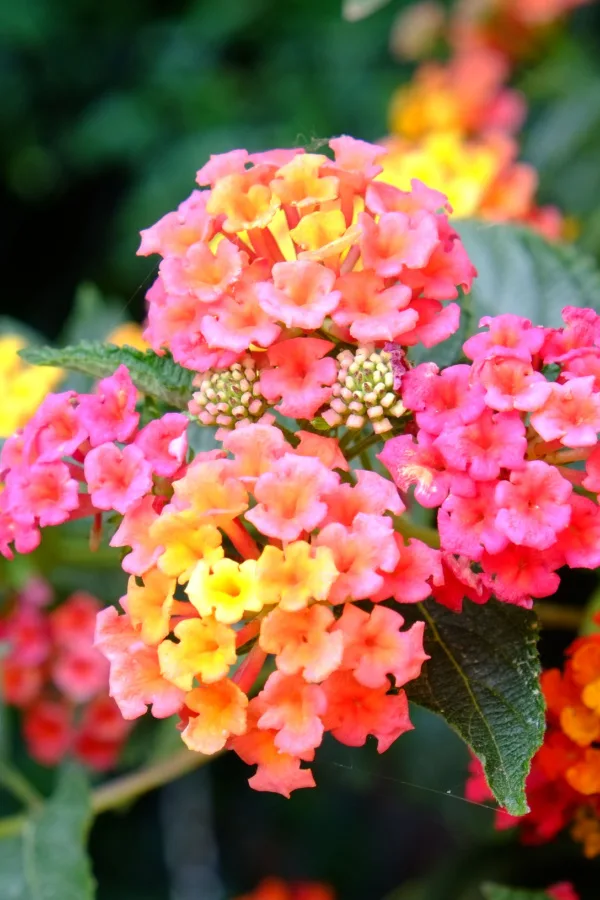
Not only is lantana beautiful, but it can really handle the heat. In fact, it can thrive in drought-like conditions as well as take a beating from harsh sunlight. Throughout all of that, the blooms will still stay strong and vibrant and keep on coming all summer long.
So if you are looking to add amazing color as well as draw in loads of pollinators to your garden space, consider giving lantana a try. It’s a beautiful, low-maintenance plant that is a great addition for even the busiest of gardeners.
Varieties of Lantana – Growing Lantana
Lantana is from the Verbenaceae family of flowering perennials. There are over 150 different varieties available that range from small herbaceous plants to tall shrubs. While lantana is technically a perennial, it is only hardy in growing zones 9-11. In all other zones, it is treated as an annual, often planted in hanging baskets and containers.
What makes lantana so special is their striking circular cluster of blooms. They feature a mix of colors in orange, pink, red, yellow, white, or blue hues. As the blooms age, they typically start to change colors so that each bloom contains two to three different shades.
For example, Red Lantana first opens up as a deep yellow, almost gold color. However, as the blooms age, they transition to an orange and dark red color as it matures.
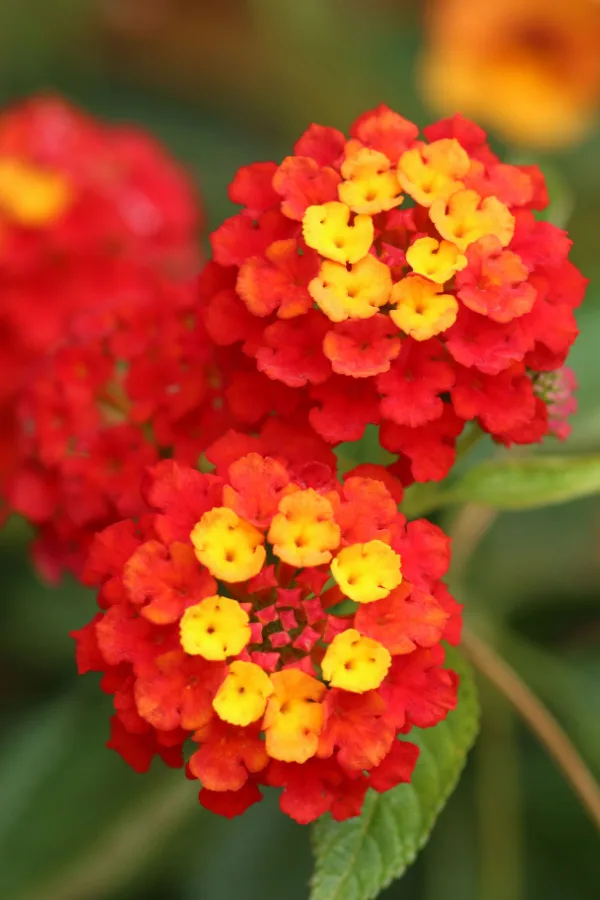
In addition, lantana are typically left alone by animals like deer and rabbits since their leaves are poisonous. This makes them excellent for growing next to more desirable plants. Grow them as border plants or use them for ground cover amongst those tastier plants.
Some varieties are considered to be non-sterile (i.e., where the plants do not produce viable seeds or pollen). Instead, these varieties produce inedible fruit, and this can cause a reduction in blooming.
How To Plant, Grow, And Maintain Lantana
Planting Lantana
Starting Seeds Indoors
Start your seeds indoors about six to eight weeks before your Last Spring Frost Date. Prior to sowing, soak seeds in warm water for about a day. This will help to soften the tough seed coat and allow for quicker germination.
Fill up a tray or container with pre-moistened seed starting soil. Ensure that the containers you are using have sufficient drainage holes to allow excess moisture to drain out. Place one to two seeds per container and lightly cover with soil.
Keep the soil moist but not soaking wet. Covering the trays with clear plastic lids will help to retain moisture and heat. You can even use plastic wrap.
The seeds should germinate in about a month but it can be several weeks longer. Be sure to take this time into consideration when starting indoors.
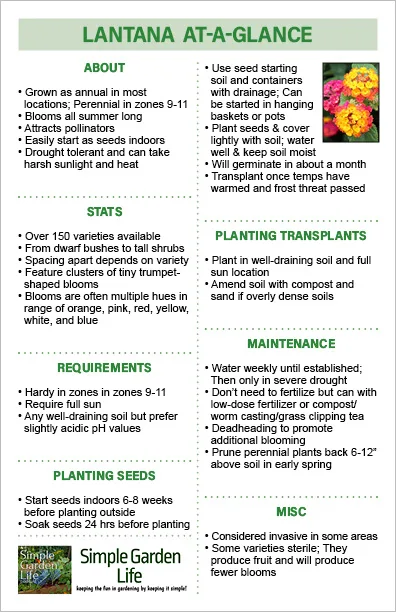
Once germination occurs, remove the plastic cover and place it under grow lights. Thin extra seedlings if needed. After a few weeks when the threat of frost has passed, you can plant the transplants outdoors.
If you plan on growing lantana in pots or hanging baskets, you can just start the seeds indoors in those containers. This will help to avoid any issues that might arise with transplanting. Just be sure to properly harden off plants no matter where you plant them when going from indoors to outdoors.
Planting Location Requirements
Lantana requires full sun in order to produce strong, vibrant blooms. Without proper sunlight, lantana will not bloom as heavily. Ensure that your growing location receives at least six to eight hours of direct sunlight every day. The more sun the better. Remember, they can handle the harsh rays!
Make sure your growing location also has well-draining soil. If the location has soil that remains saturated for long periods, then you risk the chance of root rot as well as a whole host of plant diseases and other issues occurring.
If your soil is dense and full of clay, you will need to amend the soil with some perlite and sand. These materials will help to increase drainage and keep the soil from clumping together as badly.
If you are planting lantana in flowerbeds or containers, be sure to add some compost when planting. The compost will add a wonderful boost of nutrients as well as help improve the soil’s composition.
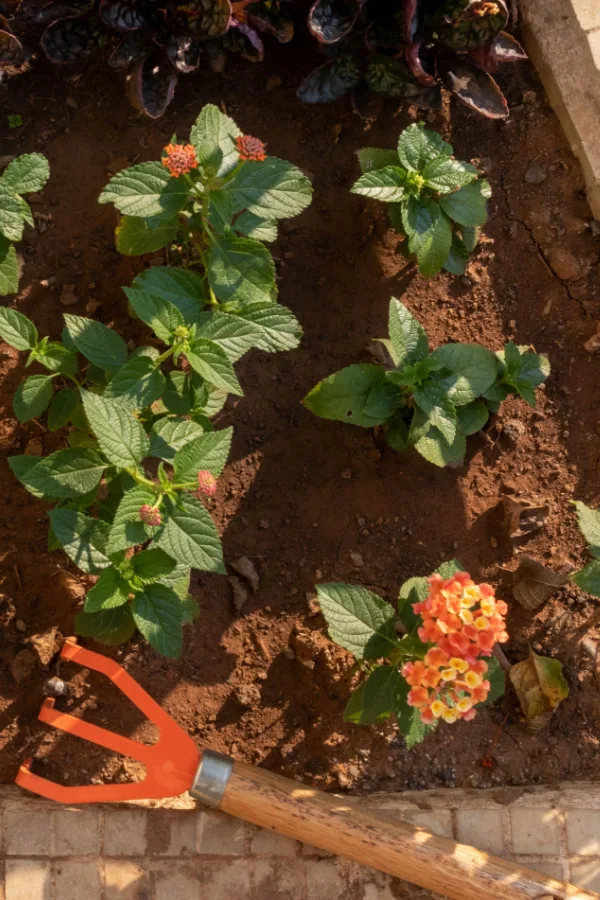
While lantana can grow in most soil types as long as it can drain properly, proper pH levels can make a difference in blooming. Amend your soil so that the pH levels are around 5.5 to 6.5 for best results. Use a pH probe to test your pH levels and add a bit of acid soil enhancer to help ensure slightly acidic soil. You can even use fresh pine needles as mulch to help raise the acidity levels slightly.
Planting Transplants
After your lantana seedlings are a few inches tall and have been hardened off, it’s time to get those plants in the soil or ground.
Dig a hole that is slightly larger than the transplant’s rootball. Be sure to amend the soil with compost or sand if needed prior to adding your plant to the hole.
Place the lantana seedling in the ground and lightly cover with soil. Water well. The spacing that you leave between plants will depend on the variety you are growing, so be sure to read the seed packets carefully. Some varieties tend to spread further or grow larger than others.
Long-Term Care – How To Grow, Maintain, And Keep Lantana Blooming Strong
Watering
Since lantanas are drought tolerant, overwatering is more of an issue than underwatering.
Watering weekly should be sufficient for lantanas early on to help them become established. Once they are established, however, only water the plants in cases of long dry spells.
As with most flowering plants, always water the plant at the base and not over the blooms. Aim for watering early in the morning.
Fertilizing
Even though lantanas are heavy bloomers, they do not actually require any additional doses of fertilizer. Often, using fertilizers can actually produce an excess of foliage as opposed to more blooms.
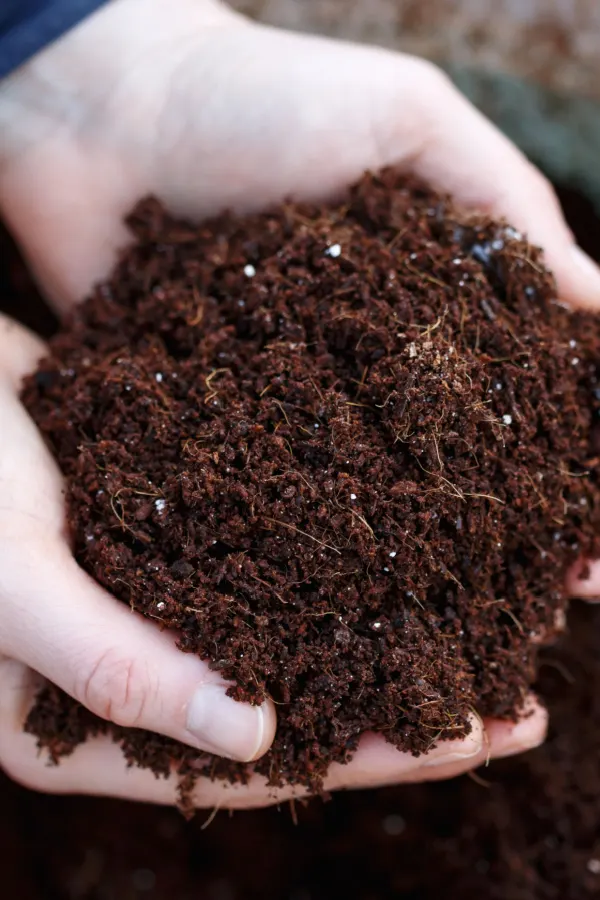
If you do choose to fertilize, use a light dose of an all-purpose 10-10-10 fertilizer early in the spring prior to blooming. You can also give perennial lantana plants a light second dose again in late summer when blooming has slowed.
Potted or hanging basket plants can benefit from a monthly dose of compost tea, worm casting tea, or even grass clippings tea. These organic fertilizers are all natural and give plants a light dose of nutrients without being overpowering or damaging.
Deadheading & Pruning
One of the best ways to keep your lantana plants blooming strong all summer long is to deadhead spent blooms. Keep in mind that sterile varieties do not need to be deadheaded.
As a cluster of blooms starts to fade, they will eventually turn into seed heads. To help transfer the plant’s energy toward producing more blooms as opposed to seeds, you can simply snip off those dying blooms. Just be sure not to snip off any emerging buds below the spent blooms.
Early pruning will allow lantana to grow denser and fuller. It will also help to prevent spreading varieties from getting too out of hand. If you are growing lantana as a perennial, simply cut plants down to between six to twelve inches above the soil line early in the spring to promote blooming and branching.

Word of Caution
Lantana is actually considered to be invasive in some locations due to its ground cover abilities and ease of self-seeding. Be sure to check with your local extension offices to see if there are any rules or regulations for your specific location before planting. Consider using sterile varieties if possible in these situations.
But for many locations, growing lantana is a great way to add a rainbow of colors and texture to your property and landscape – All with little maintenance on your part!
Follow Our Facebook Page For Even More Great Tips! Simple Garden Life Facebook Page
Simple Garden Life is a website dedicated to keeping gardening fun, simple and enjoyable! We publish two new articles each week along with a new garden podcast episode every two weeks. This article may contain affiliate links.
Feel free to download, print out, or save our Lantana At-A-Glance sheet. It is sized for half letter printing but can be scaled if needed.
